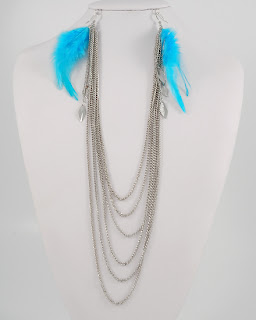Go surfing online for genuine gemstone jewelry, whether it be antique, vintage or contemporary, and you will more than likely come across a jewelry title with very descriptive words added to the gemstone which is, sadly, often an impostor.
Picture this - your best friend has just told you that she got a

real steal on an American Ruby. Do you have the courage (or the knowledge) to tell her that she may have just purchased a garnet instead?
Diamonds are notorious for being described with additional words in the title, when they are actually various forms of quartz. Here are a few which are all quartz in some form:
- German diamond
- Herkimer diamond
- Bohemian Diamond
And it is not just diamonds that are the culprits. Colorful gemstones being sold with descriptive words in their title are also very misleading to consumers too. Sometimes the added word will make a simple piece of glass sound more like the real deal and other times, it will be used to signify one precious or semi precious stone, when a lesser value one is actually being sold.
Here are some common gemstone impostors. There are dozens more if you do your homework:
- Oriental Emerald (green sapphire)
- Australian Jade (treated quartz)
- Roman pearls (glass beads)
- Ceylon Opal (moonstone)
- German Lapis (dyed Jasper)
All of the above may be the item that is just what you have been searching for, albeit not the real deal, and in that case, go ahead and purchase it. But do your homework first to help you understand what you are really buying, lest you purchase a
Spanish emerald, only to discover later that it is a piece of colored glass.
A quick search on Google of the name of the advertised gemstone with its descriptive add on will usually tell you what you may really be buying. And use common sense. If it is a deal too good to be true, it may very well be a fake. Synthetic stones are usually moderately priced simply because they are not as rare as real gemstones.
 becomes a fashion trend. For the last few seasons, it has been feathers and fur. And this fall will be no exception. Feathers are still prominent on the fashion runways, and my suppliers are offering more and more of it each time I go to see what is new.
becomes a fashion trend. For the last few seasons, it has been feathers and fur. And this fall will be no exception. Feathers are still prominent on the fashion runways, and my suppliers are offering more and more of it each time I go to see what is new.




